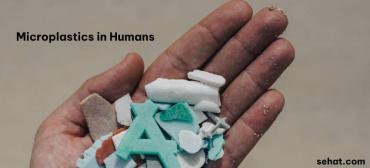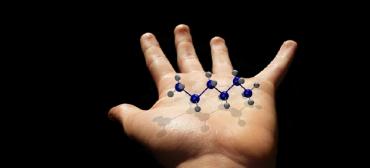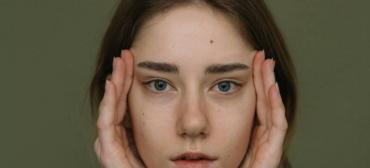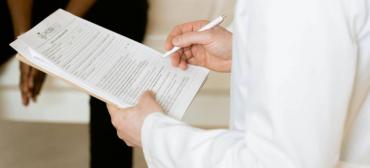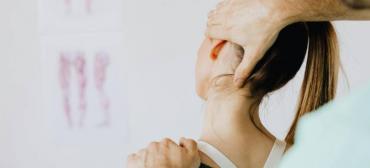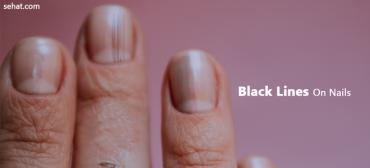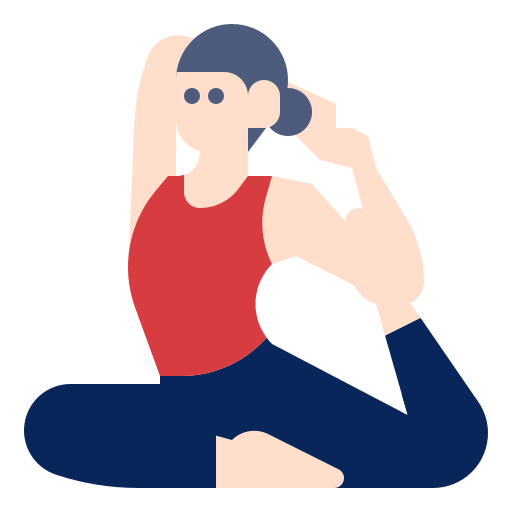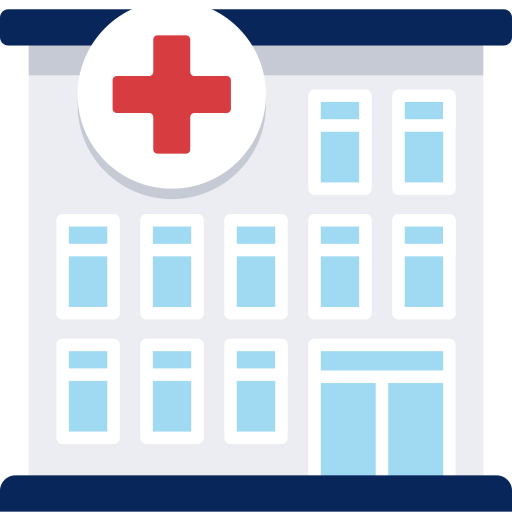Rhinitis
What is rhinitis?
Rhinitis is a reaction that occurs in the eyes, nose, and throat when airborne irritants (allergens) trigger the release of histamine. Histamine causes inflammation and fluid production in the fragile linings of nasal passages, sinuses, and eyelids.
What are the different types of rhinitis?
There are two categories of rhinitis: allergic rhinitis and nonallergic rhinitis.
Allergic rhinitis
There are two types of allergic rhinitis:
-
Seasonal - occurs particularly during pollen seasons
-
Perennial - occurs throughout the year
The most common causes of allergic rhinitis are:
-
Pollen (tree, grass, weed)
-
Dust mites
-
Mold
-
Cockroach droppings
-
Animal dander
Reactions from allergic rhinitis include:
-
Sneezing
-
Congestion
-
Runny nose
-
Itchy nose, throat, eyes, and ears
-
Nosebleeds
-
Clear drainage from the nose
People with perennial allergic rhinitis may also have the following:
-
Recurrent ear infections
-
Snoring
-
Breathing through the mouth
-
Fatigue
-
Poor performance in school
Preventive measures for avoiding allergic rhinitis include:
-
Environmental controls, such as air conditioning, during pollen season
-
Avoiding areas where there is heavy dust, mites, or molds
-
Avoiding pets
Nonallergic rhinitis
Types of nonallergic rhinitis are:
-
Vasomotor rhinitis (irritant rhinitis)
-
Eosinophilic
-
Rhinitis medicamentosa
-
Neutrophilic rhinosinusitis
-
Structural rhinitis
-
Nasal polyps
-
Primary vasomotor instability
Causes of nonallergic rhinitis include:
-
Fumes
-
Odors
-
Temperature
-
Hormonal changes
-
Overuse of topical nose sprays
-
Atmospheric changes
-
Smoke
-
Other irritants
Reactions from nonallergic rhinitis include:
-
Sneezing
-
Congestion
-
Runny nose
-
Itchy nose, throat, eyes, and ears
The preventive measure for avoiding nonallergic rhinitis is avoiding the primary cause.
Treatments for nonallergic rhinitis, as determined by your health care provider and based on your condition, may include:
-
Oral medications
-
Inhaled medications
-
Immunotherapy
-
Allergy injections
-
Surgery (for some conditions)
How is allergic rhinitis diagnosed?
Typically, the diagnosis is made by your health care provider based on a thorough history and physical examination. In addition to the above signs, the health care provider may find, on physical examination, dark circles under the eyes, creases under the eyes, swollen tissue inside the nose, and mouth breathing.
Treatment for allergic rhinitis
Avoidance of the allergens that are causing the problem is the best treatment. Specific treatment will be determined by your health care provider based on:
-
Your overall health and medical history
-
Extent of the reaction
-
Your tolerance for specific medications, procedures, or therapies
-
Expectations for the course of the reaction
-
Your opinion or preference
Treatment may include:
-
Antihistamines. Antihistamines help to decrease the release of histamine, possibly decreasing the symptoms of itching, sneezing, or runny nose. Some examples of antihistamines are diphenhydramine (Benadryl) or hydroxyzine (Atarax). These medications may cause drowsiness.
-
Nonsedating antihistamines. Nonsedating antihistamines work like antihistamines but without the side effect of causing drowsiness. Nonsedating antihistamines may include cetirizine (Zyrtec) or loratadine (Claritin). Antihistamines are also available as a nasal spray.
-
Anti-inflammatory nasal sprays. Anti-inflammatory nasal sprays help to decrease the swelling in the nose. Consult your physician about proper dosages.
-
Steroid nasal sprays. Steroid nasal sprays also help to decrease the swelling in the nose. Steroid nasal sprays work best when used before the symptoms start, but can also be used during a flare-up.
-
Topical nasal decongestants.
-
Decongestants help to reduce nasal congestion.
-
Do not use spray nasal decongestants for more than 3 days.
-
Over-the-counter saline nasal sprays that contain benzalkonium chloride may actually worsen symptoms and cause infection.
-
Topical nasal decongestants are not recommended for children. In some cases, they cause symptoms to worsen for children.
-
-
Nonsedating antihistamines. Nonsedating antihistamines work like antihistamines but without the side effect of causing drowsiness. Nonsedating antihistamines may include cetirizine (Zyrtec) or loratadine (Claritin).
-
Anti-inflammatory nasal sprays. Anti-inflammatory nasal sprays help to decrease the swelling in the nose. Consult your physician about proper dosages.
-
Steroid nasal sprays. Steroid nasal sprays also help to decrease the swelling in the nose. Steroid nasal sprays work best when used before the symptoms start, but can also be used during a flare-up.
-
Topical nasal decongestants. Topical nasal decongestants are not recommended for children. In some cases, they cause symptoms to worsen for children.
-
Decongestants. Decongestants help by making the blood vessels in the nose smaller, thus decreasing congestion. Decongestants can be purchased either over-the-counter or by prescription.
-
Anti-leukotrienes. These are a relatively new type of medication being used to control the symptoms of asthma. These medications help to decrease the narrowing of the lungs and to decrease the chance of fluid in the lungs. These are usually given by mouth.
If you do not respond to avoidance or to the above medications, your health care provider may refer you to an allergist for testing. The allergist then may recommend immunotherapy based on the findings. Immunotherapy usually involves a three- to five-year course of repeated injections of specific allergens to decrease the reaction to these allergens when you come into contact with them. Consult your health care provider for more information.
The link between allergic rhinitis and asthma
Controlling asthma may mean controlling allergic rhinitis in some patients, according to allergy and asthma experts. Allergic rhinitis is a common problem that may be associated with asthma.
Guidelines from the World Health Organization recognize the link between allergic rhinitis and asthma. Although the link is not fully understood, one theory asserts that rhinitis makes it difficult to breathe through the nose, which hampers the normal function of the nose. Breathing through the mouth does not warm the air, or filter or humidify it before it enters the lungs, which can make asthma worse.
Related Questions
Throat pain
- 3583 Days ago
- Ear, Nose and Throat Problems
No smell or taste
- 3600 Days ago
- Ear, Nose and Throat Problems

